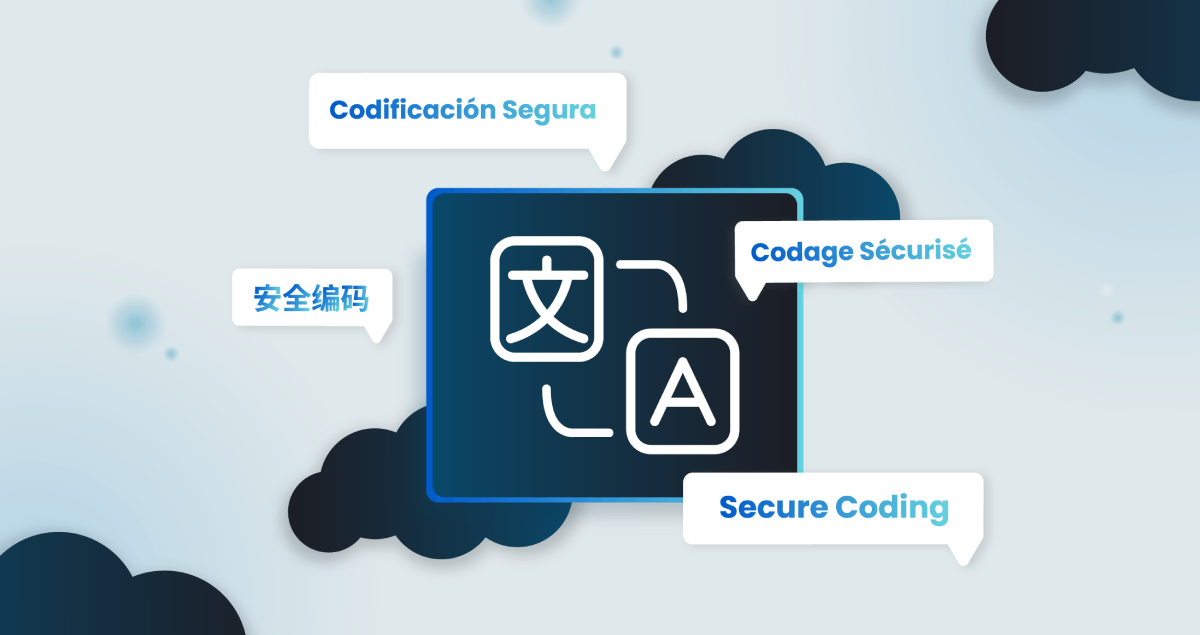In the modern business environment, trust amongst security teams and developers, DevOps, and QA teams is crucial for the successful and secure delivery of software. Yet, often, security is seen as a roadblock that hinders output by slowing down development processes.
Understanding the Issue
Development teams often focus on functionality and performance, while security teams prioritize the protection of systems and data. This divergence can lead to tension and a lack of trust in organizations that have yet to develop processes and a culture that fosters cohesion of differently purposed functions. Importantly, albeit distinctly different, developers and security teams share a common goal: deliver high-quality, secure, and efficient software.

The Role of Secure Coding Training
A secure coding training program can be an effective solution for this issue. It equips developers, DevOps, and QA teams with knowledge of security principles and practices, enabling them to write secure code and identify potential vulnerabilities during the development process.
The Core Components of Secure Coding Training
A successful secure coding training program should include a balanced blend of theoretical knowledge and hands-on experience. Here are some vital elements:
Hands-On Practice
Developers should be given opportunities to understand vulnerabilities and learn defensive coding techniques to avoid them. Interactive labs, where developers can test their skills in a controlled environment, are particularly effective.
SDLC Security
Developers need to understand the different security activities performed as part of the Software Development Life Cycle (SDLC). This understanding allows them to anticipate security needs at each stage, from requirements gathering to deployment and maintenance.
Secure Code Review
By examining code for potential vulnerabilities, developers learn what these vulnerabilities look like in the wild. They’ll also gain the ability to triage findings from static analysis tools and differentiate between real threats and false positives.
Threat Model
Encouraging developers to think about security from the design phase is essential. By integrating threat modeling into the training program, developers learn to anticipate potential security threats and incorporate appropriate controls from the outset.
Benefits of Secure Coding Training
1. Improved Communication
Training brings teams together and enables them to speak the same language. Understanding basic security principles and common vulnerabilities helps developers and security teams communicate more effectively, reducing misunderstandings and fostering trust.
2. Increased Collaboration
When developers understand the importance of each security activity performed in the SDLC, they are more likely to collaborate effectively with IT security teams. They’ll see these activities not as roadblocks but as essential steps for producing secure software.
3. Proactive Security
Secure coding training enables developers to write secure code from software inception, reducing the number of new vulnerabilities introduced during coding. This proactive approach to security can significantly reduce the number of security incidents, strengthening trust between the teams.
4. Shared Responsibility
When developers are trained in secure coding practices, security becomes a shared responsibility. This shared ownership fosters collaboration, improves the development process, and promotes trust among the teams.
5. Efficiency and Cost Reduction
By catching vulnerabilities early in the development cycle, teams can avoid costly fixes down the line. This saves resources and strengthens the trust between security and development teams, as security is embraced as an enabler of efficient development rather than a perceived hurdle.
Fostering trust between Development and Security teams is essential in the current software development landscape. A mutual understanding and collaborative mindset pave the way for more efficient and secure software production.
When developers are aware of, and involved in, the various security activities throughout the Software Development Life Cycle (SDLC), they understand the bigger picture and become proactive participants in the security process. This collaborative approach doesn’t just improve team dynamics; it significantly enhances the security posture of the software developed.
Education is key in this endeavor. By empowering developers with knowledge and skills in secure coding, it’s possible to drastically reduce the number of new vulnerabilities introduced during coding, and, equally, diminish the time and resources needed to fix existing ones.
SecureFlag can play a crucial role in this process with its online secure coding training platform. The platform offers hands-on labs for over 40 technologies, with specialized modules for Frontend, Backend, API, Mobile, DevOps, QA, and Cloud security. The inclusion of Code Review and Threat Model modules in most SecureFlag courses ensures that developers are constantly thinking about security, enabling security activities to scale effectively across the organization!
SecureFlag is a trusted partner of numerous organizations that are committed to improving the way in which security and secure coding training are embedded within the software development process. From the training platform itself to the support we provide you to gain buy-in from your executive team, we assist you in building an organizational culture of security awareness.
Contact us today to start your journey towards a more secure and collaborative software development environment.


